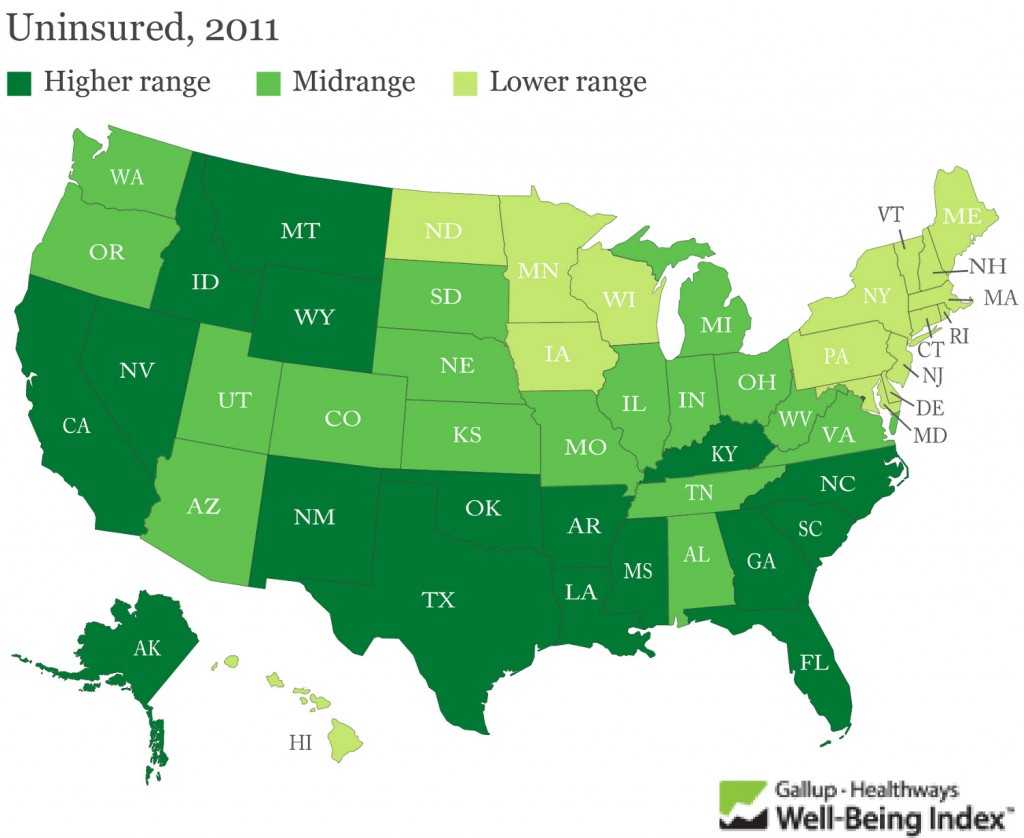With 2013 behind us, here are my thoughts on some workers compensation issues to watch for in 2014:
Rates Continue to Climb
In most of the U.S., rates for workers compensation insurance continue to rise. Rates are being driven by rising medical costs, the low interest rate environment, and the general unprofitability of the line of business.
Potential Expiration of TRIPRA
Unless Congress takes action, the Terrorism Risk Insurance Program Reauthorization Act (TRIPRA) will expire on Dec. 31, 2014. Companies with high employee concentrations in certain cities are already seeing fewer options, with some carriers scaling back their writings to reduce their exposure to a potential terrorism event.
Impact of the Affordable Health Care Act (AHCA)
There has been much speculation about the potential impact the AHCA will have on workers compensation. With a finite number of medical providers available to handle the increased utilization, it is imperative that workers compensation payers identify the providers who deliver the best clinical outcomes for injured workers.
Integrated Disability Management
More employers are realizing that the impact of federal employment laws, like the Americans with Disabilities Act and the Family and Medical Leave Act, must be considered on workers compensation claims. Companies are also recognizing the value of managing non-occupational disability so that valued employees can get back to the workplace and be productive. Integrated disability management programs are the next generation of claims-handling and will expand in the future.
State Legislative Issues
Several states that passed significant reform legislation in the last two years are working to implement those reforms. Passing a law is only the first step, as the rules, regulations, and implementation of those laws determine if they will achieve their intended purpose. The most significant states to watch are in California, New York, and Oklahoma.
When California passed SB 863 in 2012, the expectation from the state’s legislature was that it would increase benefits to injured workers, while lowering costs for employers in the state. Litigation and unanticipated consequences of the bill have resulted in increased complexity and continually rising insurance rates. There is currently talk of potential clean-up legislation to go along with continued efforts at implementation. We will know by the end of the year whether SB 863 will be able to produce the promised cost savings.
New York streamlined its assessment process, resulting in a significant reduction of the assessment rate for most employers. Since these rates are adjusted annually, it remains to be seen if these assessment savings will continue into the future.
The big news in Oklahoma is the bill that allowed employers to opt-out of workers compensation starting in February 2014. There have been delays in developing the rules and regulations supporting the opt-out plans, and this has in turn delayed carriers’ development of policies to cover new benefit plans. It appears unlikely that everything will be in place in time for employers to opt out beginning in February.
Vendor consolidation
In the last few years, there has been significant vendor consolidation in the workers compensation industry. First on the third-party administrator side and most recently in medical management. All this consolidation is making buyers of these services uneasy.
They question how this will impact the quality of the services they receive and wonder how their goals of reducing costs align with the vendors’ goals of increasing revenues.
Analytics
Despite the huge amount of premium, exposure and claims data produced by the workers compensation industry, many complain about the lack of actionable information. As an industry, we will see a continued focus on the use of more meaningful analytics that can assist in identifying savings opportunities, formulating action plans, and measuring the impact of change.
Assessing ROI for Medical Cost Management Efforts
Programs including bill review, utilization review, and nurse case-management are all necessary components of any successful workers compensation program. It is important, however, that these programs are constantly monitored to ensure they are being used appropriately.
Please join me Jan. 15, for a webinar discussing these issues and other potential legislative developments to watch in 2014. Click here to register



